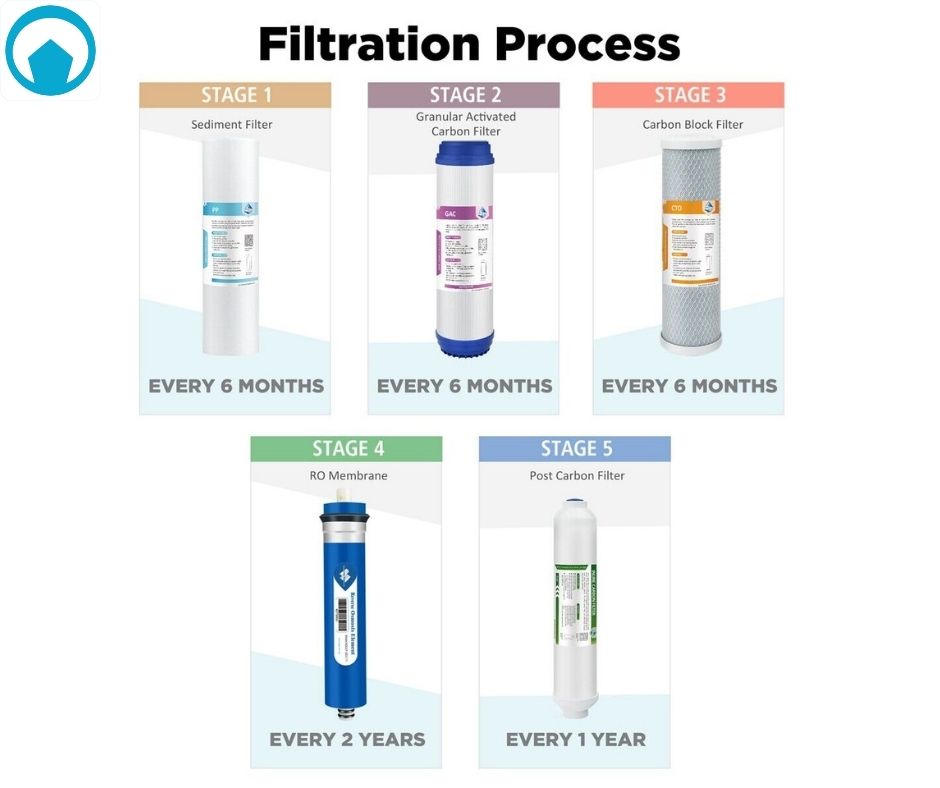Introduction:
When it comes to obtaining clean and purified drinking water, reverse osmosis (RO) systems are among the most popular choices. These systems employ a multi-stage filtration process to remove impurities and contaminants, ensuring you have access to high-quality water. Understanding the five filters that make up an RO system will help you appreciate how this technology works and why it is so effective.
Sediment Filter:
The first line of defense in an RO system is the sediment filter. This filter is typically made of spun polypropylene and serves to trap and remove larger particles such as dirt, rust, sand, and silt from the water. Its purpose is to protect the subsequent filters from clogging and prolong their lifespan. The sediment filter helps ensure the water entering the system is free from visible contaminants.
Pre-Carbon Filter:
After the water passes through the sediment filter, it moves on to the pre-carbon filter. This filter consists of activated carbon, which is excellent at absorbing organic compounds, chlorine, and other chemicals that affect the taste and odor of water. It acts as a chemical barrier, enhancing the overall taste and quality of the water by reducing the presence of unwanted substances.
RO Membrane:
The heart of any reverse osmosis system is the RO membrane. This semipermeable membrane has extremely tiny pores that allow water molecules to pass through while blocking larger contaminants, such as dissolved solids, heavy metals, bacteria, viruses, and other impurities. The RO membrane efficiently removes up to 99% of total dissolved solids (TDS) from the water, ensuring it meets high purity standards.
Post-Carbon Filter:
Once the water has been purified through the RO membrane, it moves on to the post-carbon filter. This filter acts as a polishing stage, further enhancing the water's taste and odor. It removes any residual impurities that might have bypassed the previous filters, providing a final touch to the purification process. The post-carbon filter ensures the water tastes fresh and clean before it reaches your glass.
Final Polishing Filter:
Some advanced RO systems include an additional final polishing filter, also known as a remineralization filter. This filter is not always present in every RO system, but it can be a valuable addition. Its purpose is to reintroduce essential minerals, such as calcium and magnesium, into the purified water. These minerals contribute to the taste and promote overall water quality, ensuring it is not only clean but also beneficial for your health.
Conclusion:
Reverse osmosis systems rely on a combination of filters to provide you with purified drinking water. The sediment filter, pre-carbon filter, RO membrane, post-carbon filter, and final polishing filter work together to remove various contaminants, improve taste, and enhance water quality. By understanding the functions of these filters, you can appreciate the effectiveness of RO systems and the value they bring to your daily life. With clean and pure water readily available, you can enjoy the many benefits of this essential resource while maintaining your well-being.
